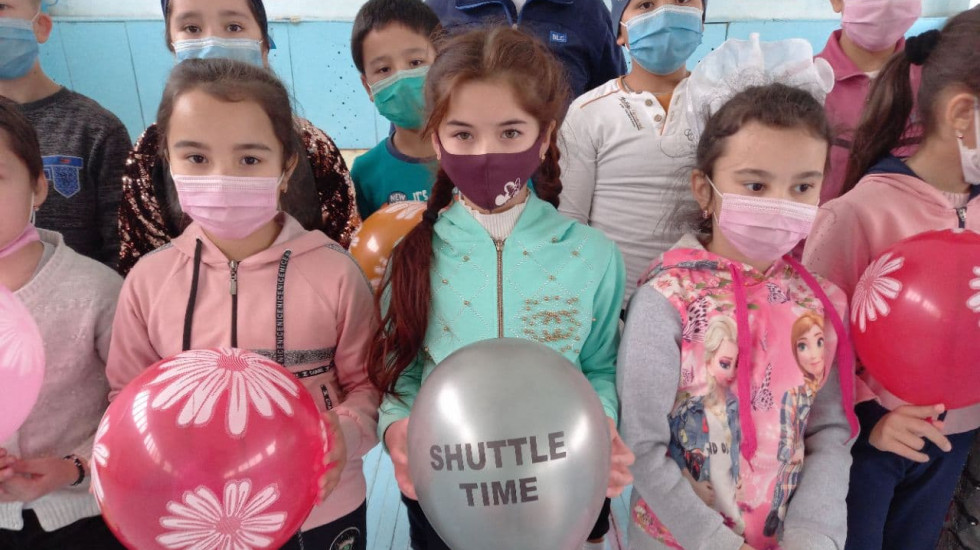Last year, a study showed the BWF Shuttle Time Schools Programme markedly improved schoolchildren’s Fundamental Movement Skills (FMS) – a key indicator of their overall fitness.
Led by Michael J Duncan and his colleagues from Coventry University, the research also proved Shuttle Time to be more effective than the UK’s national curriculum on Physical Education classes.
Funded by the BWF Sport Science programme, the ‘Dose Response Effects of the BWF Shuttle Time Programme on Children’s Fundamental Movement Skills, Motor Fitness and Physical Activity’ study was conducted on 158 children (83 boys, 75 girls) aged 6-9 from two primary schools over 10 weeks.
The Exercise
- Children were divided into three batches.
- One batch underwent Shuttle Time training twice a week, another once a week.
- The third batch continued regular twice-a-week PE classes, which consisted of one session focussed on cricket and another on hockey and basketball.
- Tests on FMS (locomotor and object control skills), perceived FMS and motor fitness were assessed before, immediately after and 10 weeks later.
- Researchers filmed the children and analysed how competent they were in their FMS, and asked them to self-assess how well they thought they could perform different movement patterns.
Key Findings
- Engaging in Shuttle Time improved their FMS immediately.
- More importantly, it was maintained for 10 weeks after the intervention, demonstrating Shuttle Time’s sustained and lasting impact on their FMS.
- Those who undertook Shuttle Time twice per week saw larger improvements in their FMS than the group that did it once.
- Motor fitness (movement outcomes) produced similar results.
- The children demonstrated improvements in 10m sprint speed and standing long jump distance post intervention and 10 weeks after.
Significance
BWF recognises Shuttle Time as an effective means to develop FMS for children aged 5-15. Although badminton-related, Shuttle Time can also apply to a range of sports and physical activities.
Conclusion
The results suggest that Shuttle Time has a positive short term and sustained (post-10 weeks) effect on children’s FMS and motor fitness. It presents an effective mechanism to develop positive health trajectories for children, giving them the fundamental movement skills to lead physically active lives as children and into adulthood.































